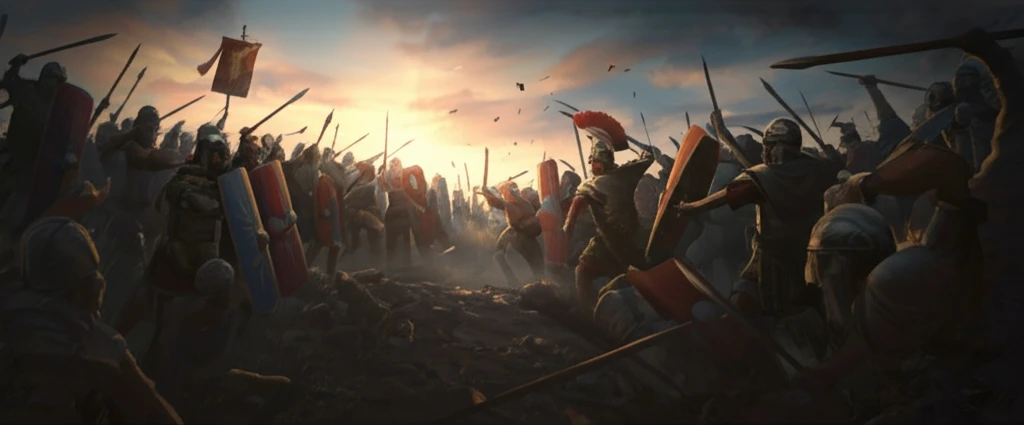
Warfare in the Dark Ages: Unveiling the Realities
"A Critical Analysis of Military Tactics and Social Transformations in Early Medieval Europe"
Recent scholarly efforts have revisited Edward Gibbon's "The Decline and Fall of the Roman Empire," prompting a reevaluation of the factors contributing to this pivotal period in history. One key aspect involves the role of warfare and military tactics in shaping the transition from Roman dominance to the emergence of distinct medieval societies.
Traditional interpretations often emphasize either barbarian invasions or societal integration as primary drivers. However, a more nuanced understanding requires examining the strategic culture, resource utilization, and social developments that influenced military organization and outcomes during the Dark Ages.
This article delves into the military history of the Dark Ages, scrutinizing key essays and historical analyses to explore the true nature of warfare during this transformative era. By understanding the military landscape, we can better comprehend the profound social and political shifts that defined the early Middle Ages.
Debunking Military Myths of the Dark Ages

Conventional wisdom often attributes the fall of Rome to military defeat by barbarian invaders, portraying them as superior warriors overwhelming Roman forces. However, this narrative overlooks the complexities of Roman integration and accommodation of barbarian tribes, as highlighted by scholars like Walter Goffart.
- Examining the military presence of the Huns reveals a nuanced picture, challenging the notion of their dominance. Some scholars argue that the Huns' military presence was limited and not always superior to Roman forces.
- In contrast, other accounts suggest that Hunnic invasions triggered barbarian migrations into Roman lands, causing significant military and political upheaval.
Navigating Through Darkness
The military history of the Dark Ages presents a complex tapestry of evolving tactics, shifting alliances, and persistent uncertainties. By critically examining traditional narratives and embracing interdisciplinary approaches, we can begin to illuminate the true nature of warfare during this transformative period.
